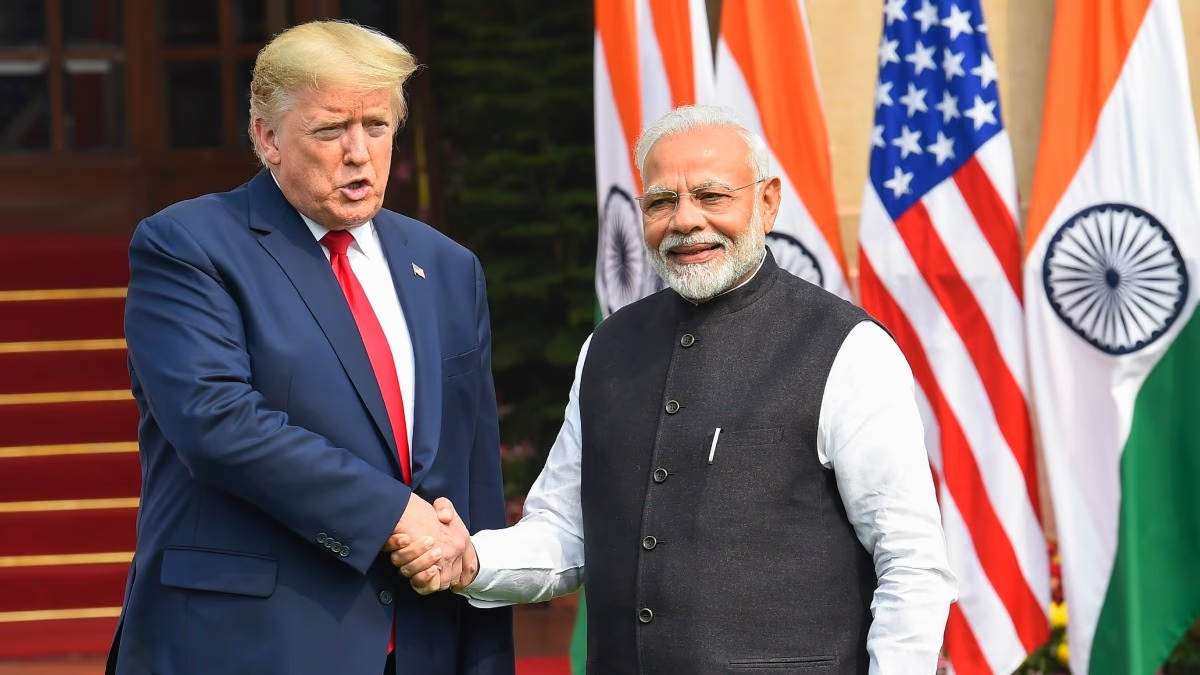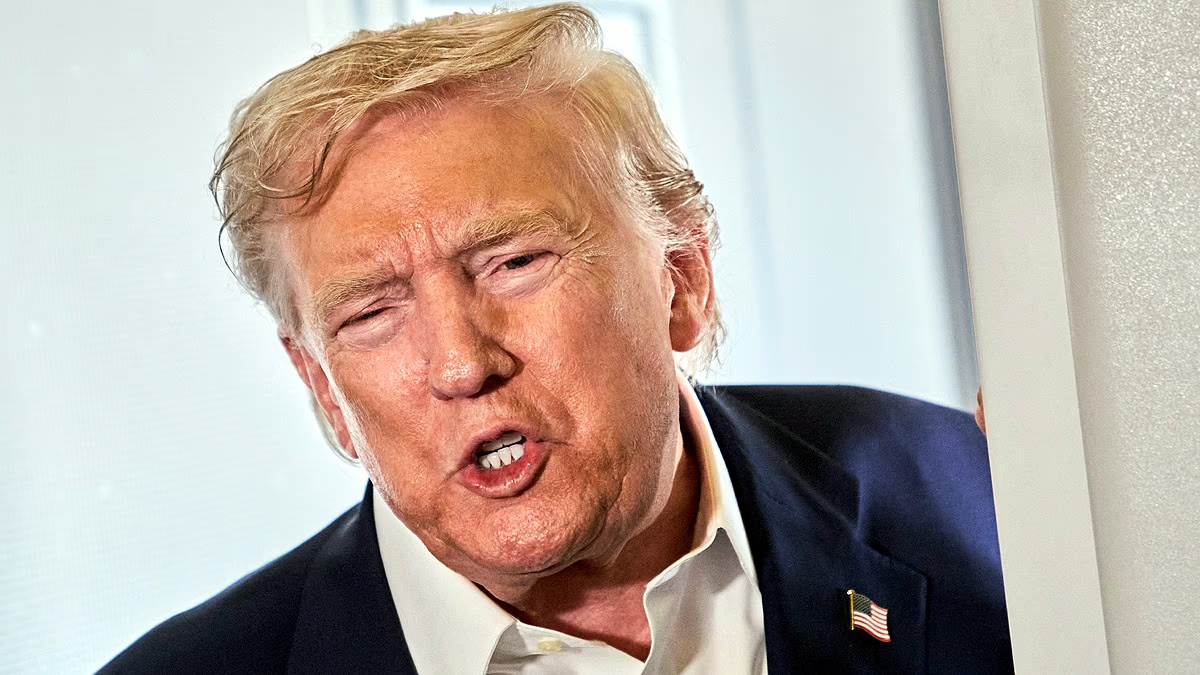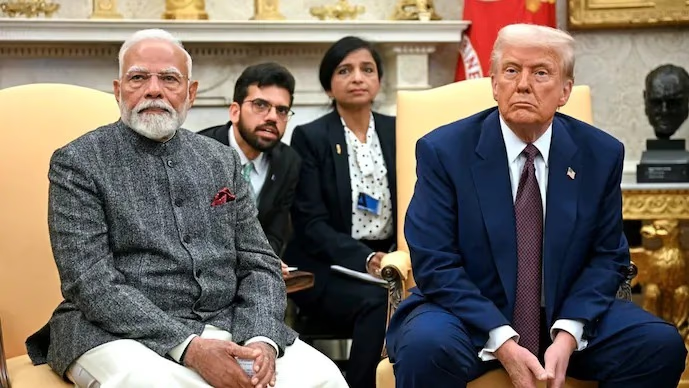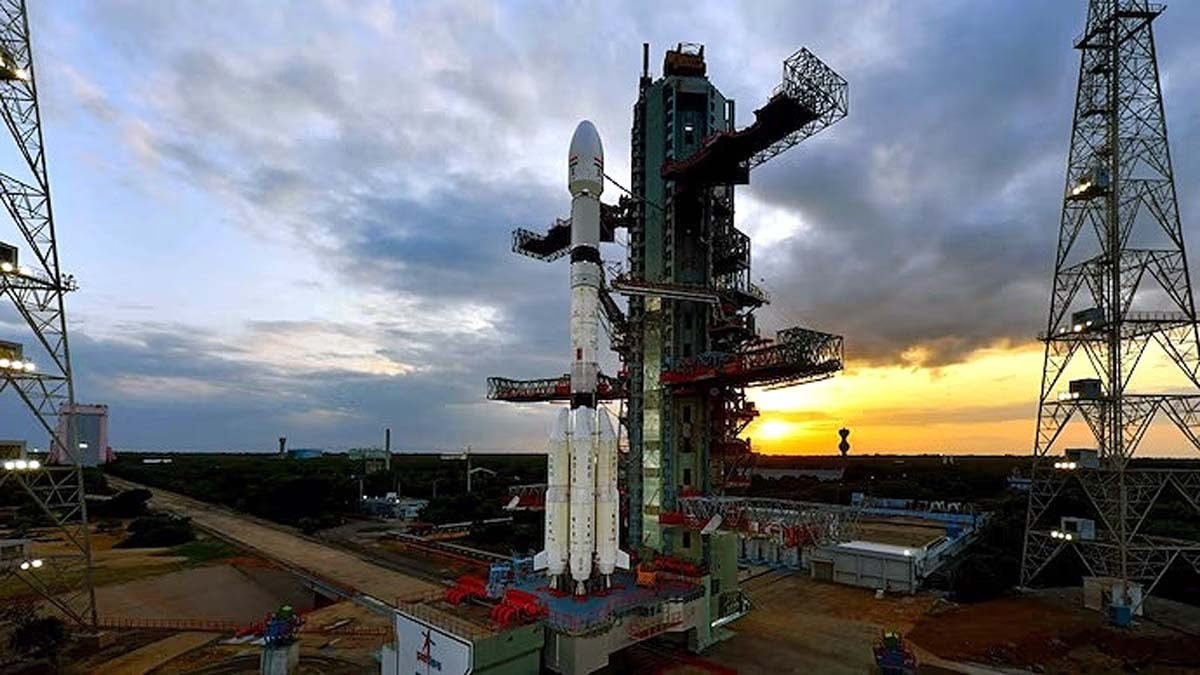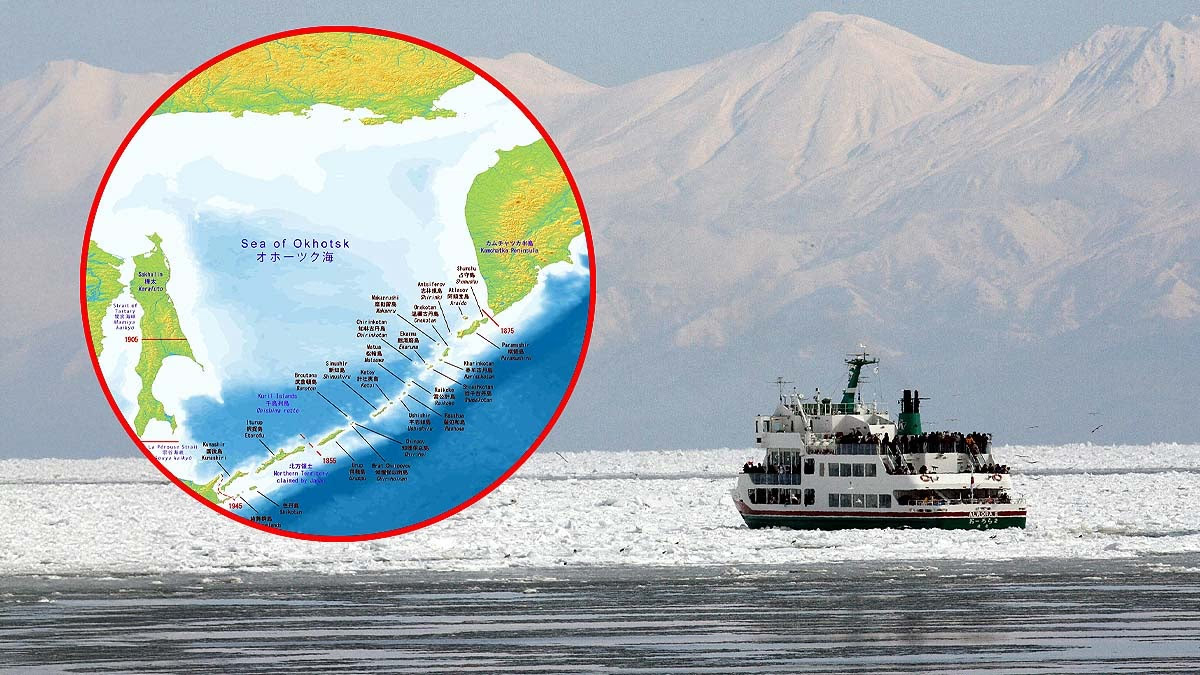US President Donald Trump has announced a 25% tariff on India. This tariff will take effect on August 1st. Additionally, there is a declaration of a separate penalty for India's purchase of oil and defense equipment from Russia. This announcement comes at a time when discussions regarding bilateral trade between India and the US are ongoing.
Just days before, a US delegation was scheduled to visit India to discuss trade (India-US Trade Deal). However, this new announcement appears to hinder the potential trade deal between the two countries and poses a risk of escalating tensions. Its impact may be felt globally.
Is the Trade Agreement Over?
The United States has been India's largest export market, with bilateral trade reaching approximately 128 billion dollars by 2024. This new announcement is perceived as halting months of trade discussions between the two nations. Securing a trade agreement now seems challenging, as this announcement derails the Indian government's ongoing efforts.
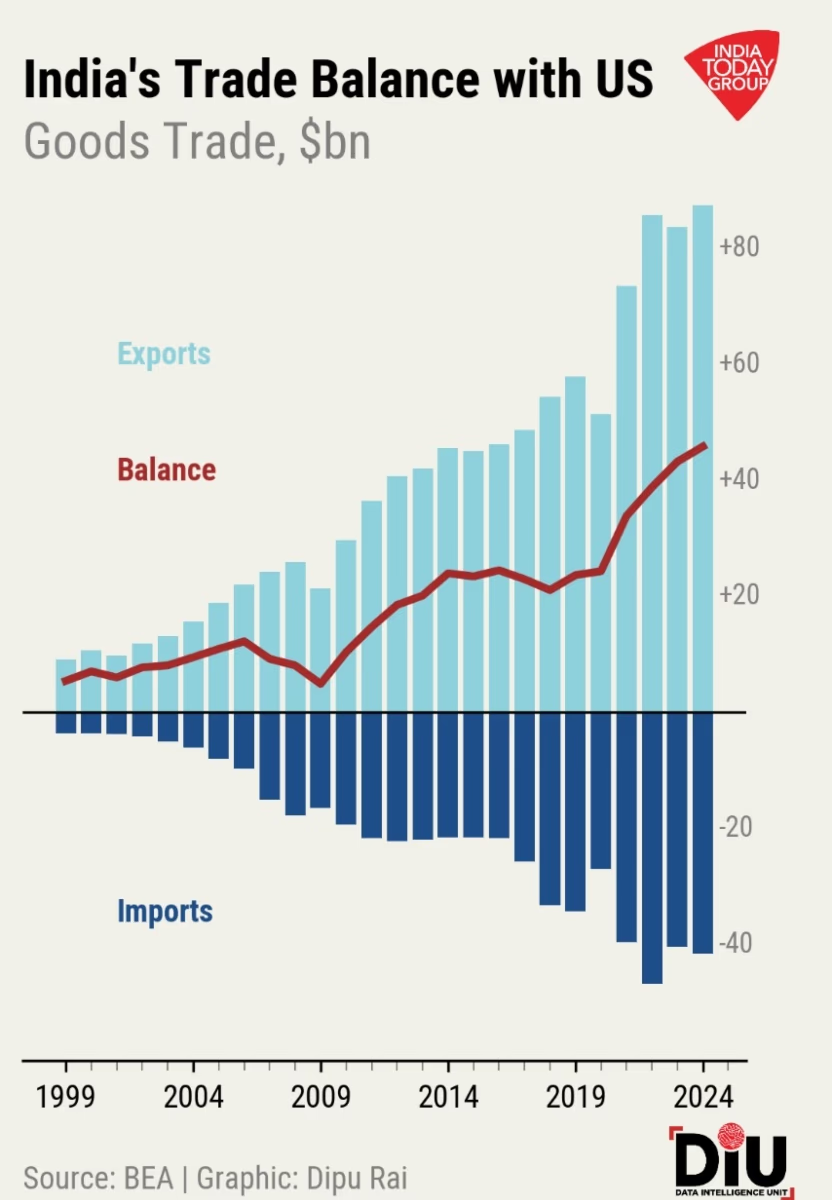
Source: aajtak
Why Has the US Imposed Tariffs on India?
In a Truth Social post, Trump accused India of being among the 'highest tariff imposing countries in the world.' He also claimed 'strict' non-tariff barriers were applied. The imposition of a 25% tariff and penalty is because India imports a significant amount of defense equipment and oil from Russia.
Trump argues that amidst the Russia-Ukraine conflict, this move is contentious. In addition to India, Trump has raised tariffs on several countries, including Canada and Mexico, in some cases up to 50%.
Trump's Efforts for a Ceasefire Agreement
This US action comes as Trump is pressuring Russia to agree to a ceasefire in Ukraine within 10 days (Russia-Ukraine War). By imposing penalties on India, Trump attempts to signal to countries aiding Russia's economy or views this as a benchmark.
Notably, despite growing ties with the US, India continues to import substantial oil and defense from Russia. These new tariffs may compel India to reconsider its trade and foreign policies.
